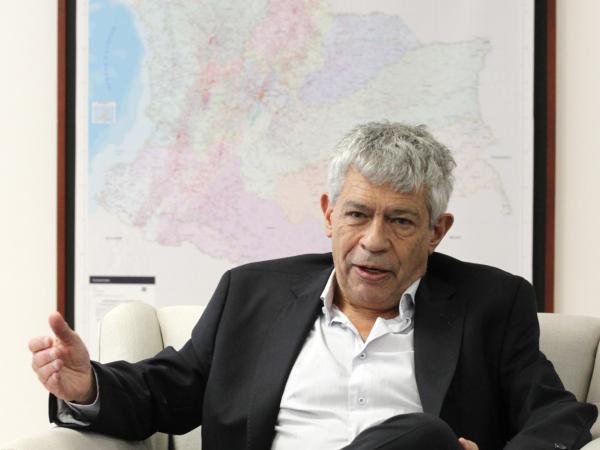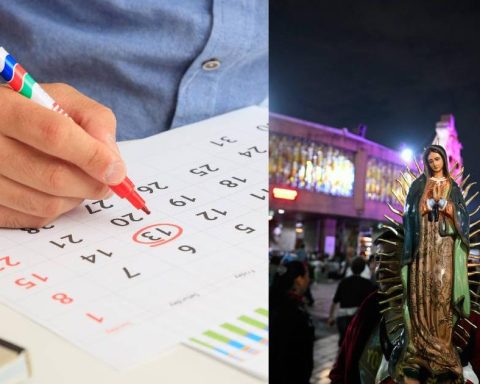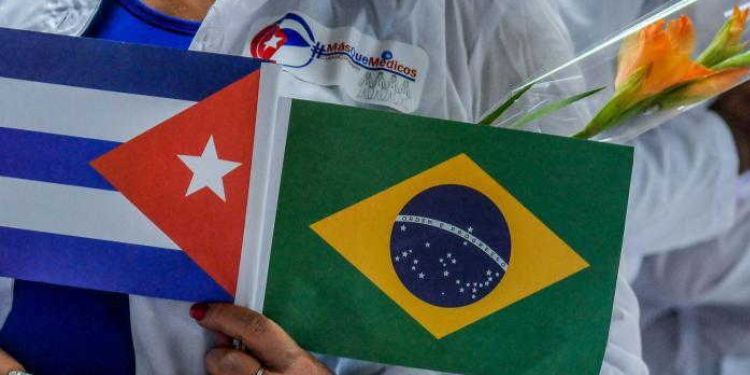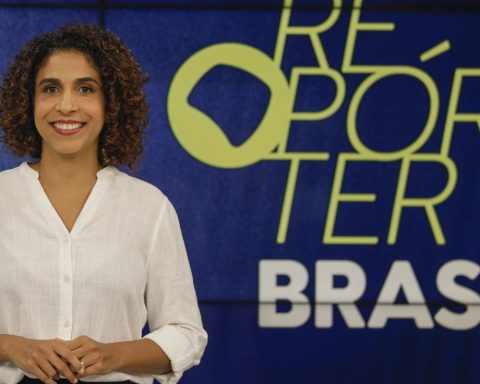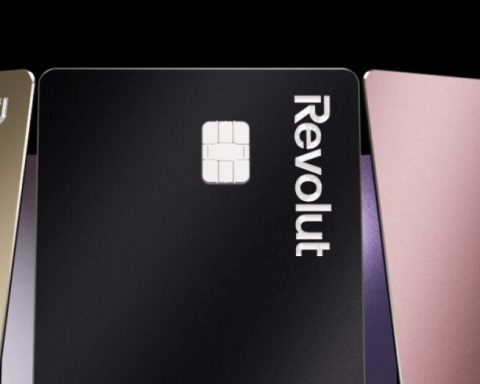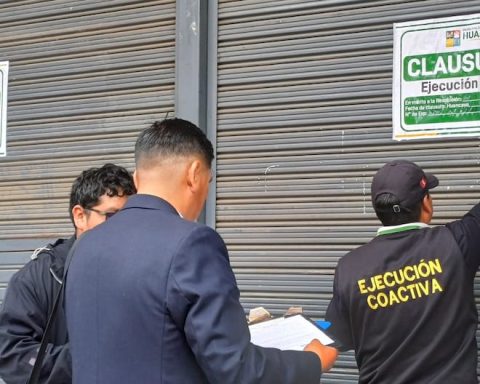The National Development Plan of the Petro will be presented on February 7 at the Congress and according to Jorge Iván González, director of the National Planning Department (DNP), To date, more than 800 article proposals have been received, following a process that included, for the first time, 51 binding regional dialogues.
(See: Regions will put 15% of the resources of the Development Plan).
At what point is the National Development Plan?
We are at a crucial moment. We have already received all the conclusions from the dialogues, the balance is quite positive, we did 51, 250,000 people participated, there were more than 2,200 work groups.
A second input is that we have already received comments from the National Planning Council. The President said something key and that is that more importance must be given to this instance, in such a way that it can maintain surveillance and follow-up on the plan. The third element is the definition of the article. It is where we are now and it is very difficult. From the methodological point of view, we have to move from deliberative dialogues to a bill. We are receiving proposals for articles from the ministries, from different guilds, and around 800 have arrived. We are also working with the legal team from the Ministry of Finance, I think we will end up with around 250 or 300 articles.
You have said that you do not want such a comprehensive Development Plan. How to achieve it with so much participation?
We are at 210 pages, but I think it can go down to 180. We are going to introduce the comments of the National Planning Council in the bases. For me, 180 pages is still enough, it could be explained in less, but different social movements and unions insist on seeing their sectors reflected. And all the budgetary part comes, with the Pluriannual Investment Plan. That’s what we’re going to deliver to Congress.
(See: The 12 major goals that the Development Plan needs to define by 2026).
What will be the thematic axes and what things will be included that were not in the Government Plan?
I was very impressed that from the National Planning Council they looked at the issue of the bases for more than a month and no criticism was made of the general structure of the Plan, of the five transformations that we have proposed and that are maintained. They were reasonable comments, on different emphases, methodological processes, populations… but in general the structure of the five axes was maintained. One is the ordering of the territory around the water; it is difficult for anyone to deny that it is not crucial, and furthermore, it is a substantial change compared to Duque’s Plan. The territory is put first, geography is central; another is human security, a broad way of talking about physical violence, education, health and housing, everything that allows life to be dignified. The third theme is the human right to food; Who denies that at this moment agricultural productivity or inflation are crucial? Another point is the energy transformation, moving towards a clean economy. And the other is regional and social convergence, we must talk about connectivity, about roads. These topics are general, but that does not detract from the fact that they are substantive, and that is a big difference with the previous Plan.
The Planning Council said that the DNP could review the mechanisms and budgets for the construction of public policies, how to strengthen this process?
An important change that we achieved was to move from the sectoral to the big strategies, and to make the budget not by sectors but by strategies. In territorial planning, for example, there is housing, environment, they are strategies with various sectors. The Council says that we do not present the detail, but that package of $1.040 trillion is distributed in five strategies. We are finishing the public hearings and ordering that budget by departments.
We take into account regional dialogues, but also other needs. Now, we don’t get to the point of specific projects; That is another process that occurs over time.
The Director of Planning, Jorge Iván González, in the first binding dialogue.
DNP
But the budget is allocated by sectors…
Of course, we look at, for example, education or housing, how much is allocated to the axis of human security.
So, finally the budget goes by sectors, by ministries. Among the sectors that will have a lot of strength are education, agriculture and transportation, due to the whole issue of tertiary roads.
How do you refine issues such as the budget addition or the management of royalties?
The addition is going to be done in February. But with new resources, all the ministries begin to ask. But the addition must be made based on the real priorities of the Government and the Development Plan.
And with royalties, two constitutional reforms have already been made, we will not make another, but we must take advantage of what there is. Law 2056 of 2020 says that “Planning will exercise the governing function of royalties”, and that Planning has not taken seriously.
We are going to make a huge effort to put pressure on governors that royalties should leverage strategic projects. In the last biennium we had 12,000 projects, it is absurd, the message is that any project that is presented for royalties must be articulated to a strategic project.
(See: Government presented the bases of the National Development Plan 2022-2026).
Some objectives are outlined in the bases of the Development Plan. Are the poverty targets already defined?
They are few, we are at 25 and I want to lower them to 20. The last government had 1,200. There are three types of indicators. Some depend on government management, such as the multipurpose cadastre; We are going to set goals for those because they depend on institutional dynamics.
Others, such as poverty, have more limited room for maneuver. Poverty reduction in the country can be caused by several factors, and in those we are proposing a range. We are going to reduce poverty between 4 and 8 points because there is a margin of uncertainty in the sense that there are many uncertain elements.
And in the third type of indicators we decided not to set goals, because it is very difficult, as with deforestation, for us to set sad indicators, to continue deforesting, but fewer hectares. We simply say, we are going to reduce the levels of deforestation or we are going to try to start reforesting. Or the energy transition, we are not going to set a date, first you have to define what the transition is, and move in the right direction.
It is the budget of the Pluriannual Investment Plan for these four years. The bulk of these resources, $459 billion (44% of the total) will be allocated to the axis of regional convergence.
Of this avalanche of proposals, which do you find the most striking?
The tertiary roads thing is crazy, it appears everywhere, and the theme of winter; the two things coincide. Aqueducts, river transport, technological university education also appears with great force, there is anguish among young people, but nobody talks about early childhood education. And agricultural productivity also stands out.
(See: Regions and victims, the agenda of the National Development Plan).
You have talked about the need for a single declaration of income to determine the subsidies. Will it be introduced in the Plan?
We are going to put an article that is going to say something like “we will try to move towards a universal declaration of income”. That is very difficult. We have two groups of people: those who declare and those who do not.
Planning has impressive social records of 33 million people, 12 million homes.
There are 27 different sources of information, there is Sisbén IV, but as we consolidate the social records we will invite people to make a universal declaration of income.
Ideally, little by little we all declare income, some to receive subsidies and others to pay taxes.
In Colombia, subsidies could be reduced by almost half if there was good income information. The stratum no longer gives, it is a declaration of housing, and it will never reach the socioeconomic conditions of the homes.
(See: Unify all subsidy programs, the ideal according to the DNP).
An important change that we achieved was to go from the sectoral to the great strategies, to make the budget by strategies
Will the Plan include tax issues?
No, nothing. We are going to accept everything from the Medium Term Fiscal Framework; We are working hard on that with the Treasury. I don’t know if proposals of this style were included among the 800 articles, but that falls apart.
What we are saying are phrases like these: “municipalities have a fiscal capacity that they are not using”; “the multipurpose cadastre will help improve fiscal resources”; “It is incredible that intermediate cities are charging such low taxes”; “It is incredible that a city like Bogotá is not charging for congestion”. They are phrases of that style.
LAURA LUCÍA BECERRA ELEJALDE AND OMAR G. AHUMADA ROJAS
Portfolio Journalist and General Portfolio Editor
